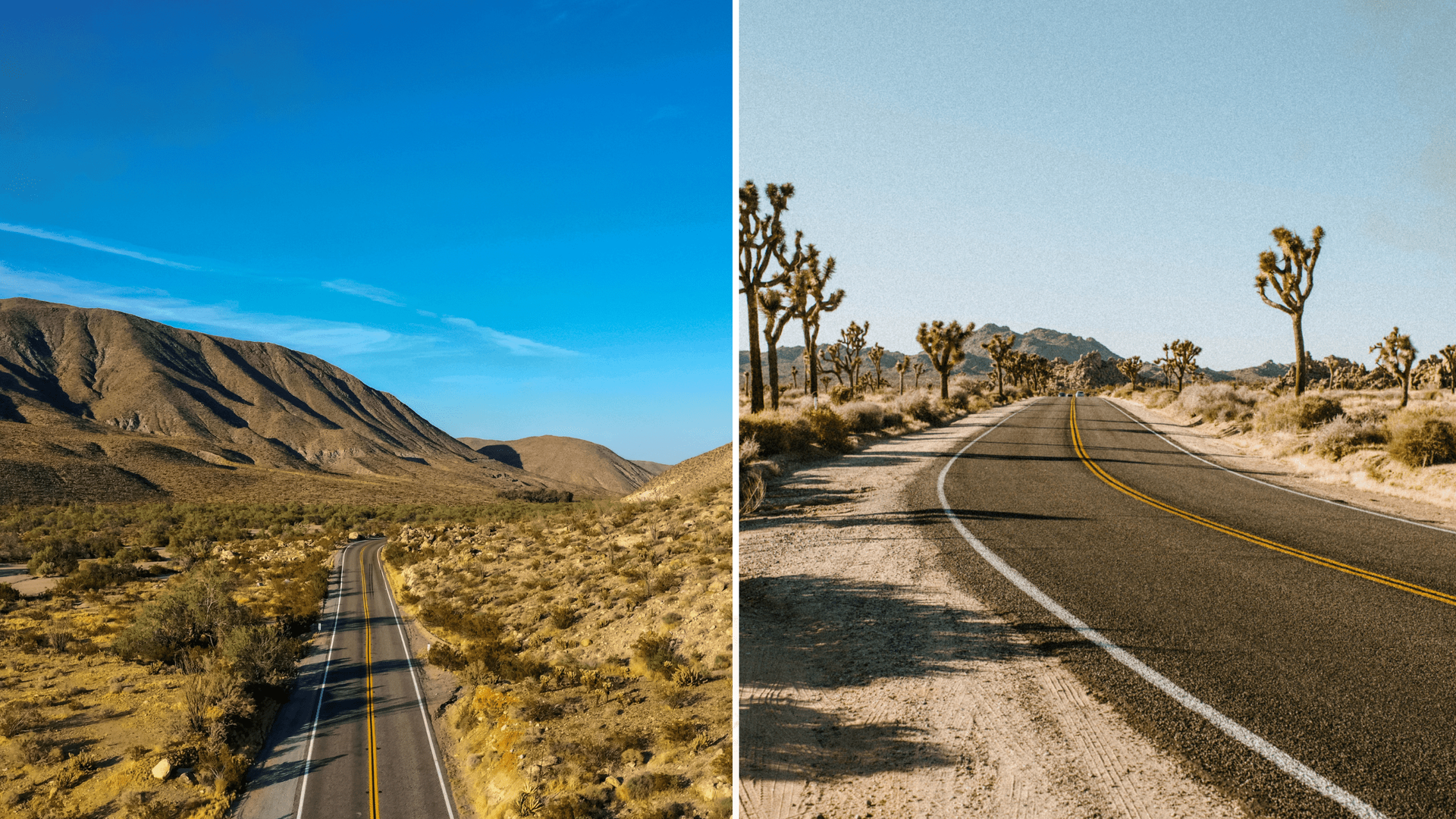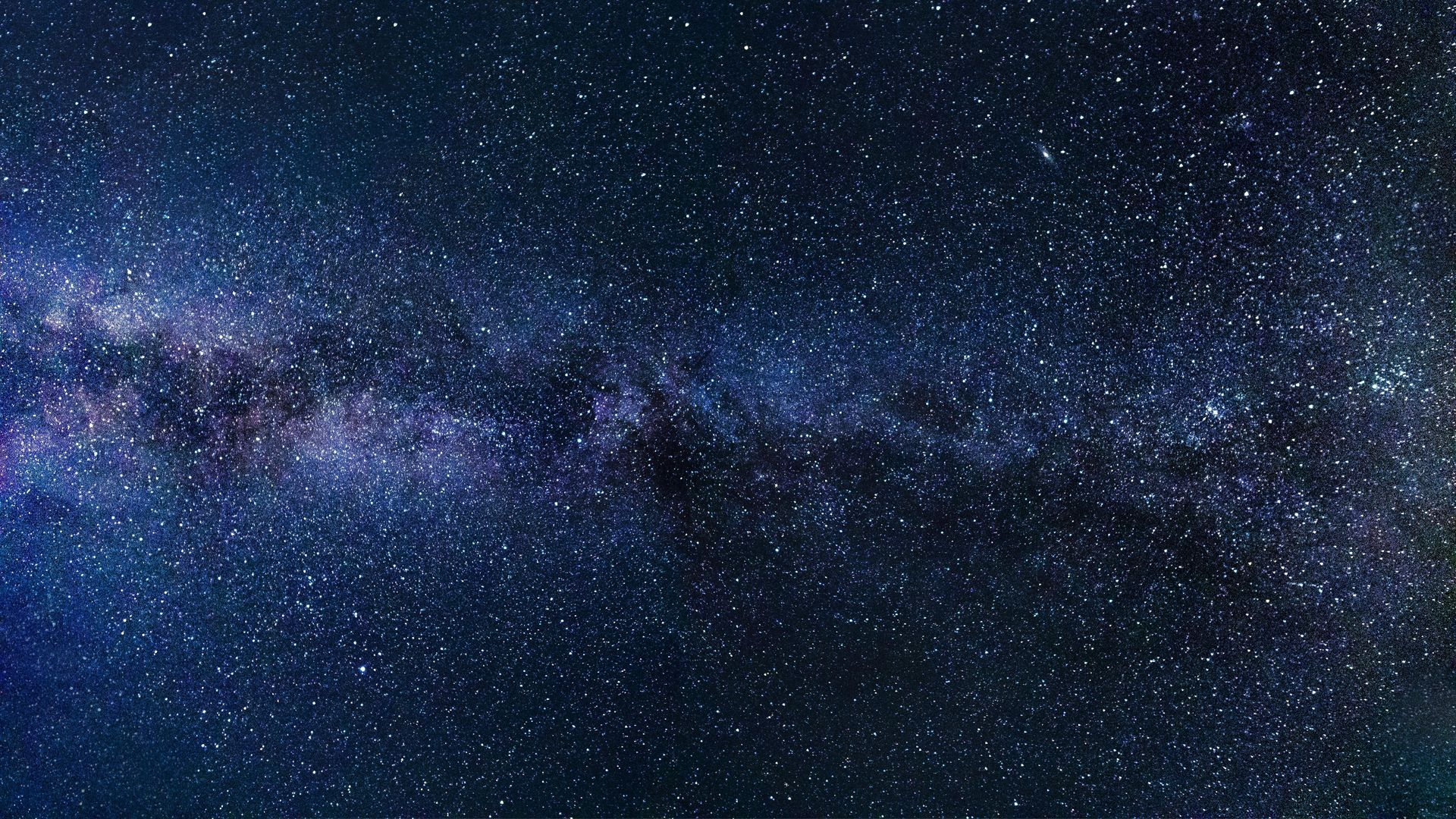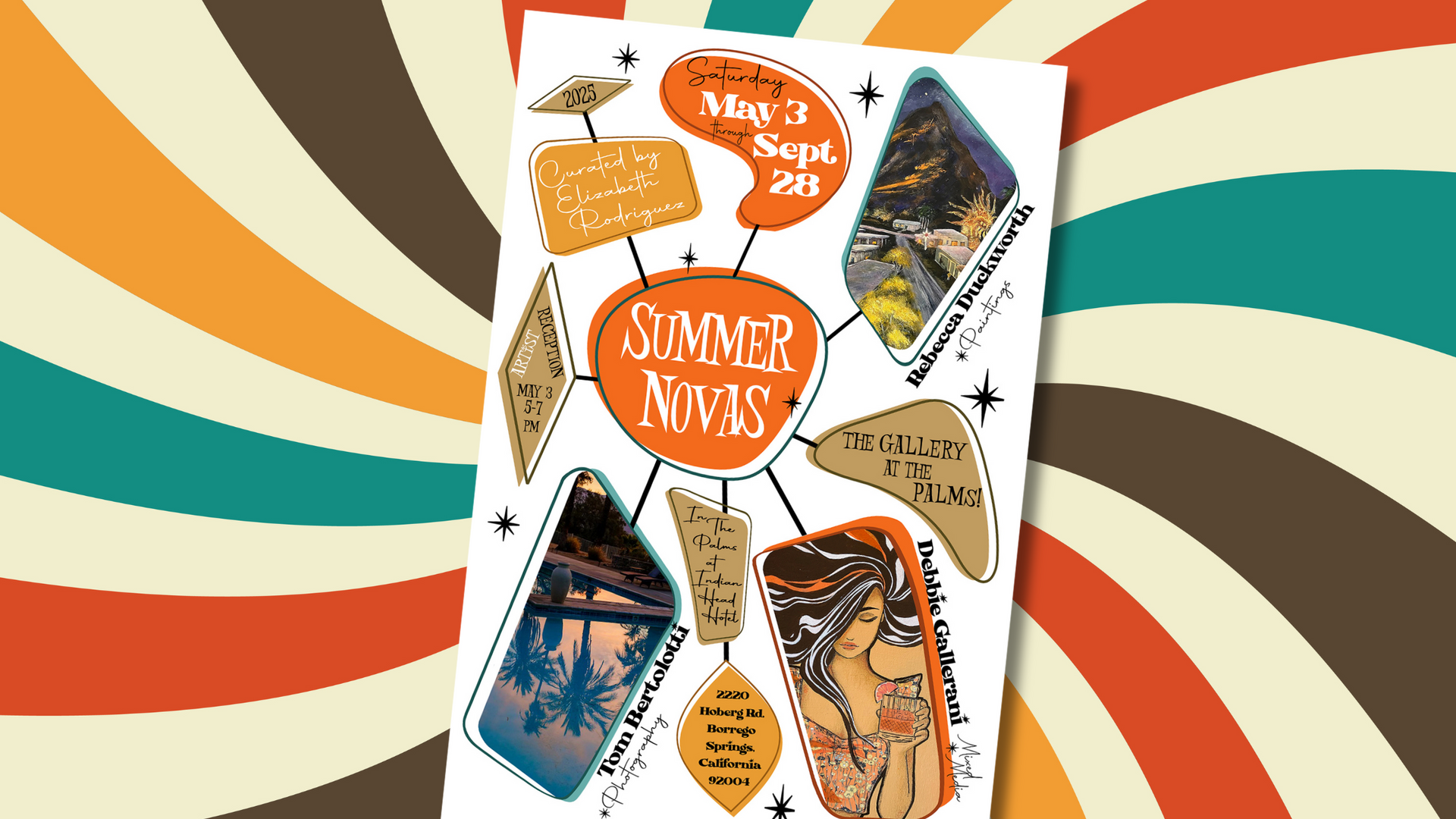Comparing Towns: Joshua Tree and Borrego Springs
Share

Exploring Joshua Tree and Borrego Springs
Discover the distinct charm of two desert towns, Joshua Tree and Borrego Springs, each offering a unique escape into the heart of California's desert landscapes. From the cooler high desert climate of Joshua Tree to the warm, low desert vibe of Borrego Springs, these towns invite adventurers, nature lovers, and stargazers alike. Whether you're looking for outdoor exploration, cultural enrichment, or a tranquil retreat, Joshua Tree and Borrego Springs provide the perfect desert getaway.
Climate and Geography
Joshua Tree: The High Desert Gem
Situated at around 2,700 feet, Joshua Tree enjoys a high desert climate with cooler daytime temperatures and refreshing nighttime drops. The geography is striking, with towering Joshua trees, dramatic rock formations, and cholla cacti. It’s home to Joshua Tree National Park, a meeting point of the Mojave and Colorado Deserts.
Borrego Springs: A Low Desert Retreat
At just 520 feet in elevation, Borrego Springs boasts a warmer climate typical of low desert areas. This town sits in the heart of Anza-Borrego Desert State Park, California’s largest state park. The landscape features badlands, palm oases, and expansive desert plains. Summers can be scorching, but winter is prime visiting time.
Biodiversity and Natural Wonders
Joshua Tree’s Flora and Fauna
Joshua Tree is famous for its namesake, the Joshua tree, as well as its diverse array of desert plants and animals. From black-tailed jackrabbits to desert night lizards, wildlife thrives in this rugged environment. Birdwatchers often spot the iconic roadrunner or golden eagle.
Borrego Springs’ Wildflower Super Bloom
Every few years, Borrego Springs bursts into a spectacular wildflower super bloom, drawing visitors from around the world. Desert sunflowers, sand verbena, and desert lilies paint the landscape. The area is also home to bighorn sheep, iguanas, and over 130 metal sculptures created by artist Ricardo Breceda.
Culture and Recreation
Joshua Tree: Art and Music Hub
Joshua Tree attracts artists and musicians drawn to its mystical desert landscapes. The town hosts vibrant art galleries like the Joshua Tree Art Gallery and celebrates the Joshua Tree Music Festival twice a year. It’s a cultural haven for creatives seeking inspiration.
Borrego Springs: Adventure and Stargazing
Borrego Springs caters to outdoor enthusiasts. Hiking, birdwatching, and off-roading opportunities abound. The town is also an International Dark Sky Community, making it a prime location for stargazing. With minimal light pollution, you can often see the Milky Way.
Lodging and Amenities
Joshua Tree: Big Names and Rustic Charm
Joshua Tree offers a range of accommodations, from well-known hotels and motels to quaint, rustic local options. You’ll find everything from major hotel chains providing modern comforts to unique stays in cozy cabins, giving visitors a variety of lodging experiences to choose from. Campgrounds within Joshua Tree National Park also cater to those who prefer to stay closer to nature.
Borrego Springs: Resort Luxury
Borrego Springs is home to mid-century modern lodging, state park camp sites, and upscale resorts like La Casa del Zorro Resort & Spa, which offer luxury amenities such as full-service spas, golf courses, and gourmet dining. The town provides a tranquil retreat for those seeking a more indulgent desert escape.
Accessibility and Population
Joshua Tree’s Connectivity
With a population of about 7,500, Joshua Tree is well-connected to nearby cities like Palm Springs and Los Angeles, making it an accessible weekend getaway. It also has big-box stores like Walmart and Home Depot for convenient shopping.
Borrego Springs’ Seclusion
Borrego Springs is a smaller, more secluded community with a population of around 3,429. It lacks big-box stores, instead offering charming, locally-owned shops that reflect the town’s tight-knit atmosphere and emphasis on desert preservation.











